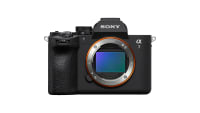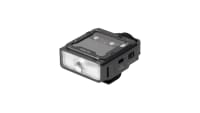Retro Rangefinder: The Leica M9 Was a Digital Standard Setter
The Leica M9 was not the first or best digital camera, but after years of anticipation, the M9 advanced the state of the art.
Lloyd Chambers • Oct 20, 2023
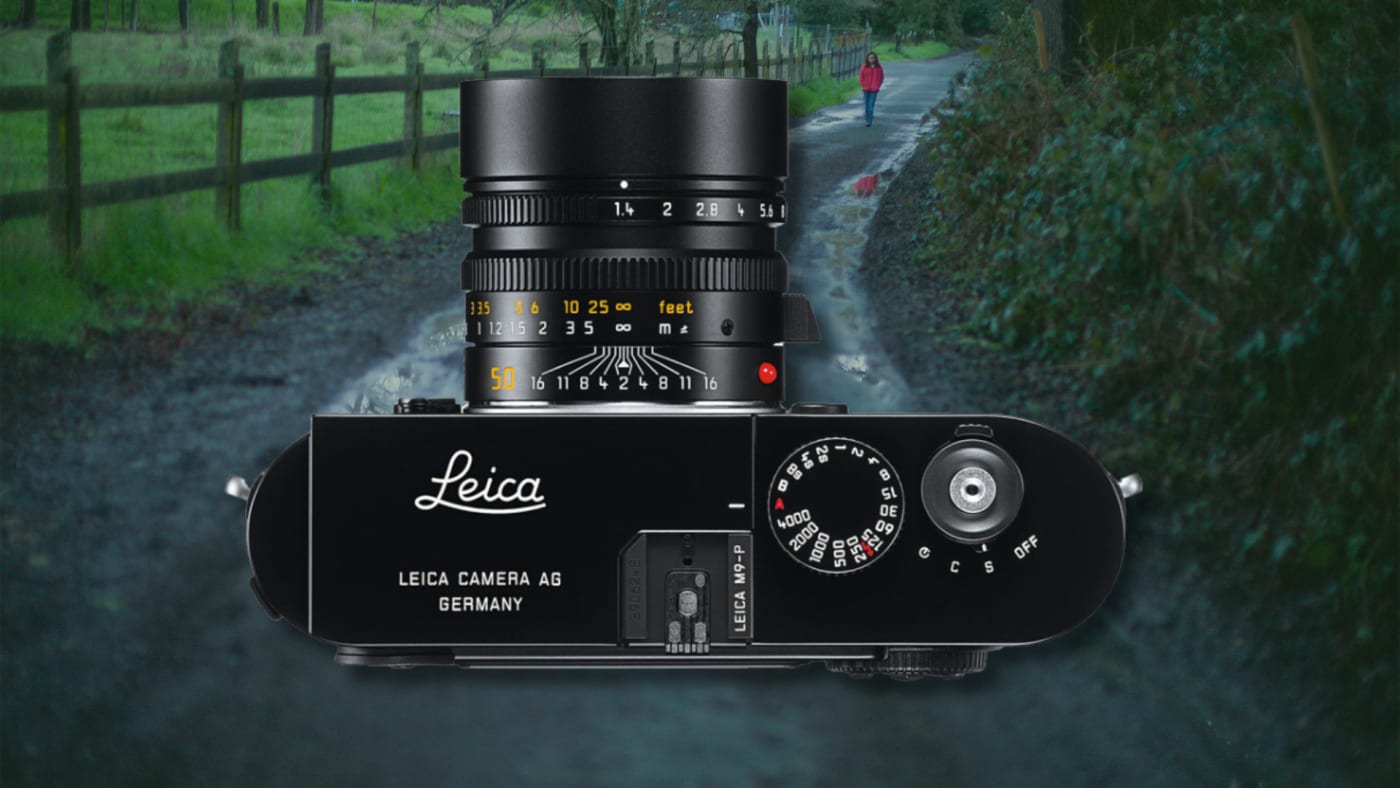
Were I to single out one camera that set the camera world buzzing with excitement, it would be the Leica M9 in November 2009. In 16 years (and counting) of reviewing every significant camera on the market, I can tell you that the buzz that came with the M9 was and is, to this day, unrivaled.
The Leica M9 was not the first or best digital camera, but after years of anticipation, the M9 delivered what diehard Leica aficionados had hoped for: a full-frame high-resolution digital body for all their seemingly defunct (and very expensive) lenses. Leica rangefinder users had been stuck until then because rangefinder lenses with their short backfocal distance cannot be used on a DSLR and also fare poorly on mirrorless cameras.
Exciting for photographers in general, the M9 advanced the state of the art to a compelling resolution of 18 megapixels, at a time when Nikon was at 12 megapixels (Nikon D3s) and the 12.7MP for the Canon EOS 5D Mark II. It was a no-brainer for high-resolution fans like me. Yet while that 18MP seemed huge in 2009, here in 2023 it will not even fill a 6K display.
The M9 had its image quality issues including color shading from ray angle issues, but its CCD sensor had an appealing look that no other 35mm camera had at the time, its DSLRs all using CMOS sensors.
Corn Lilies in July Spring
The M9 along with the Leica 50mm f/0.95 Noctilux-M ASPH captured images with unusually shallow focus, images that no other camera of its time could capture.

f0.95 @ 1.5 sec, ISO 80; 2011-07-05 18:58:38
M9 Digital Camera + Noctilux-M 50mm f/0.95 ASPH
Snow Cat
Relatively compact and portable, the M9 rangefinder design was a perfect match for outdoor activities like hiking in the mountains.
What’s that crunching sound? A marmot eating a 6-inch hold through the seat cushion!
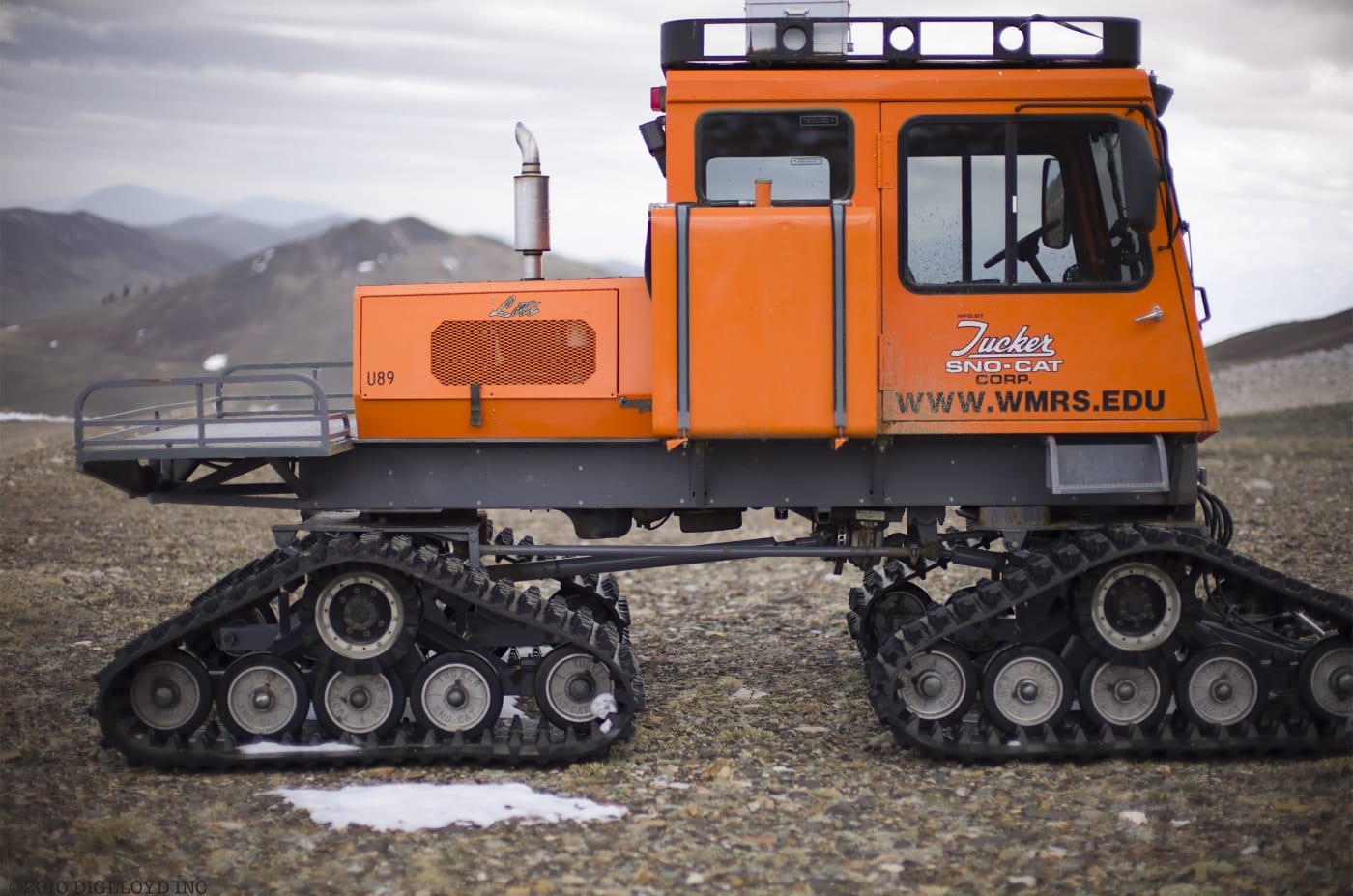
f0.95 @ 1/500 sec, ISO 80; 2010-06-12 17:16:53
M9 Digital Camera + Noctilux-M 50mm f/0.95 ASPH
ENV: White Mountains, altitude 11500 ft / 3505 m, 38°F / 3°C
RAW: Enhance Details, LACA corrected, AI Denoise 10
Girl on Rainy Road, Spring Green
The Leica M9 also appealed to classic 'street' photography shooters. Compact enough to go almost anywhere, it could make high-grade shots no other camera of the time could manage anywhere nearly as well, let alone conveniently.
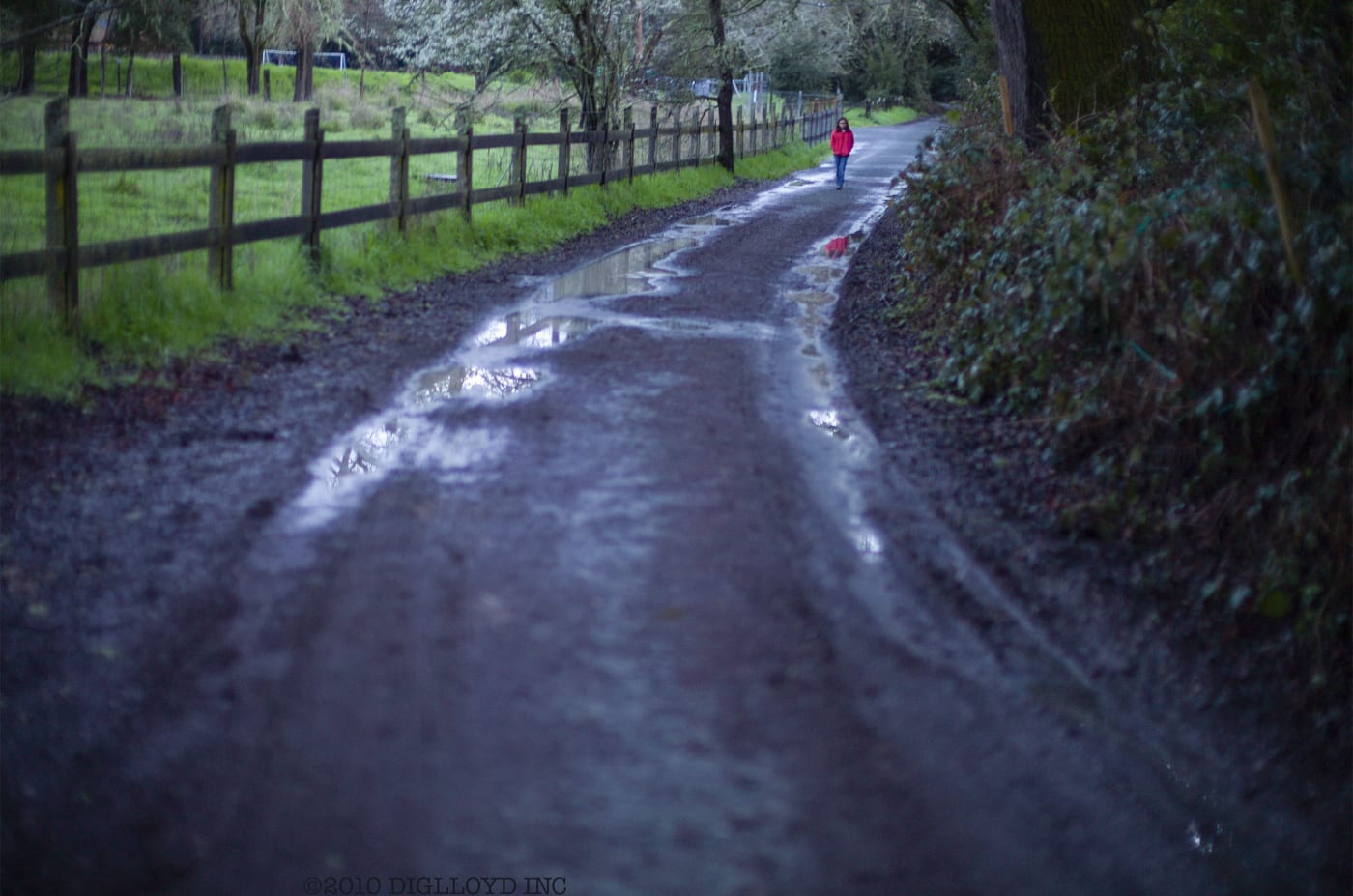
f0.95 @ 1/4 sec handheld, ISO 640; 2010-03-03 18:21:38
M9 Digital Camera + Noctilux-M 50mm f/0.95 ASPH
Tenaya Creek
Back in 2009, 18 megapixels of corner-to-corner image detail from a 35mm-format digital camera was better than film had ever been, and not just detail but dynamic range, contrast control, etc. At the time, getting a detailed 18MP image like this was a thrilling result never before possible with such ease, and difficult or impossible with any other 35mm camera of its time.
Even here in 2023 it would qualify as a high-grade image. Did I mention the ease of hiking with such a compact kit?
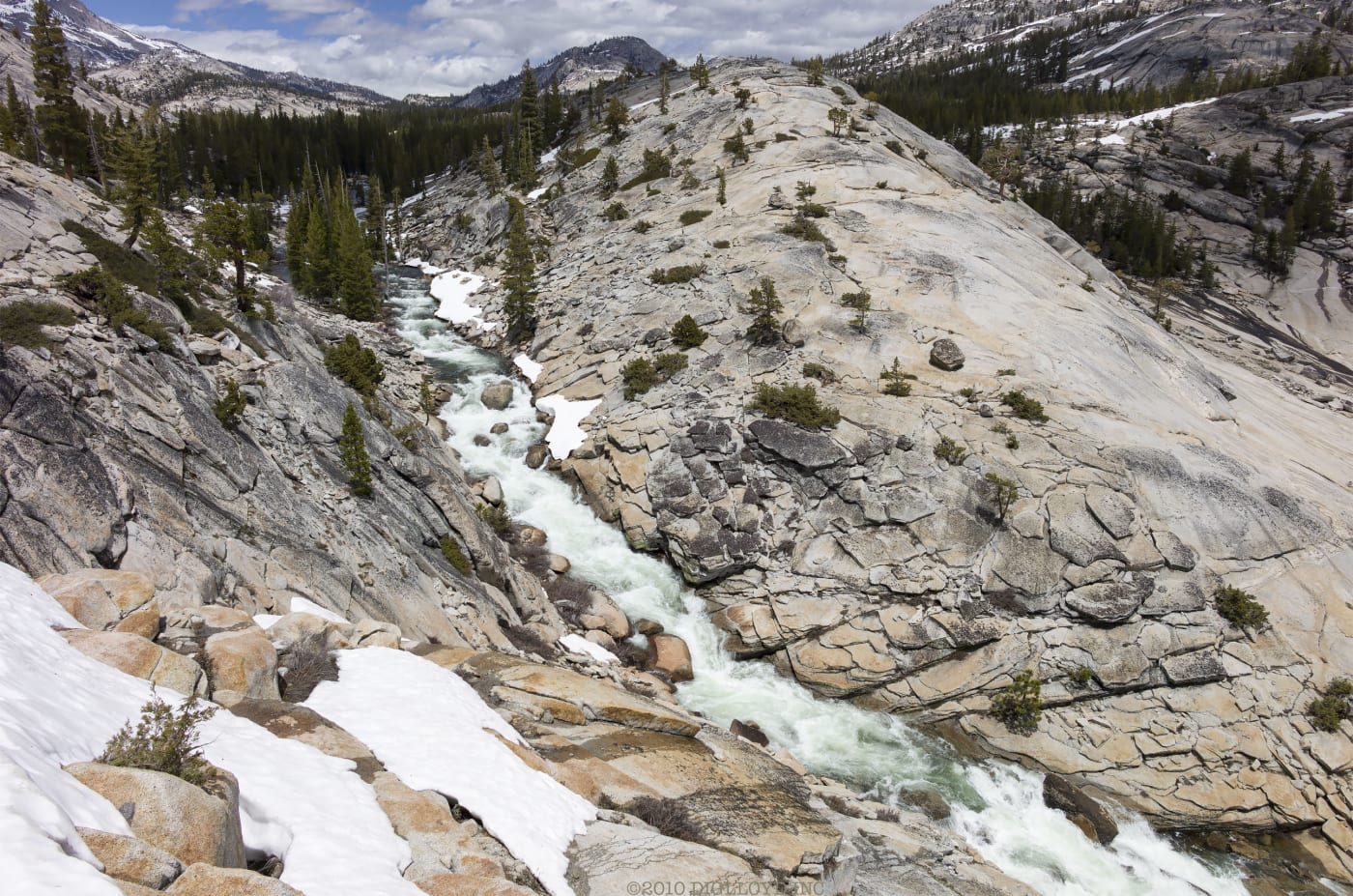
f8 @ 1/1500 sec, ISO 160; 2010-06-09 13:21:50
M9 Digital Camera + Leica 24mm f/1.4 Summilux-M ASPH
ENV: Tenaya Canyon, altitude 7800 ft / 2377 m, 65°F / 18°C
RAW: LACA corrected, AI Denoise 10
Tuolumne Meadows, Spring Flooding
The popular high-country Tuolumne Meadows, one of the largest alpine meadows in the country, is flooded during heavy spring melt.
Wider apertures of f/1.4 were less crisp and more aberrated but still blow away any modern camera phone when it comes to detail and quality. There is simply no substitute for sensor area/size.
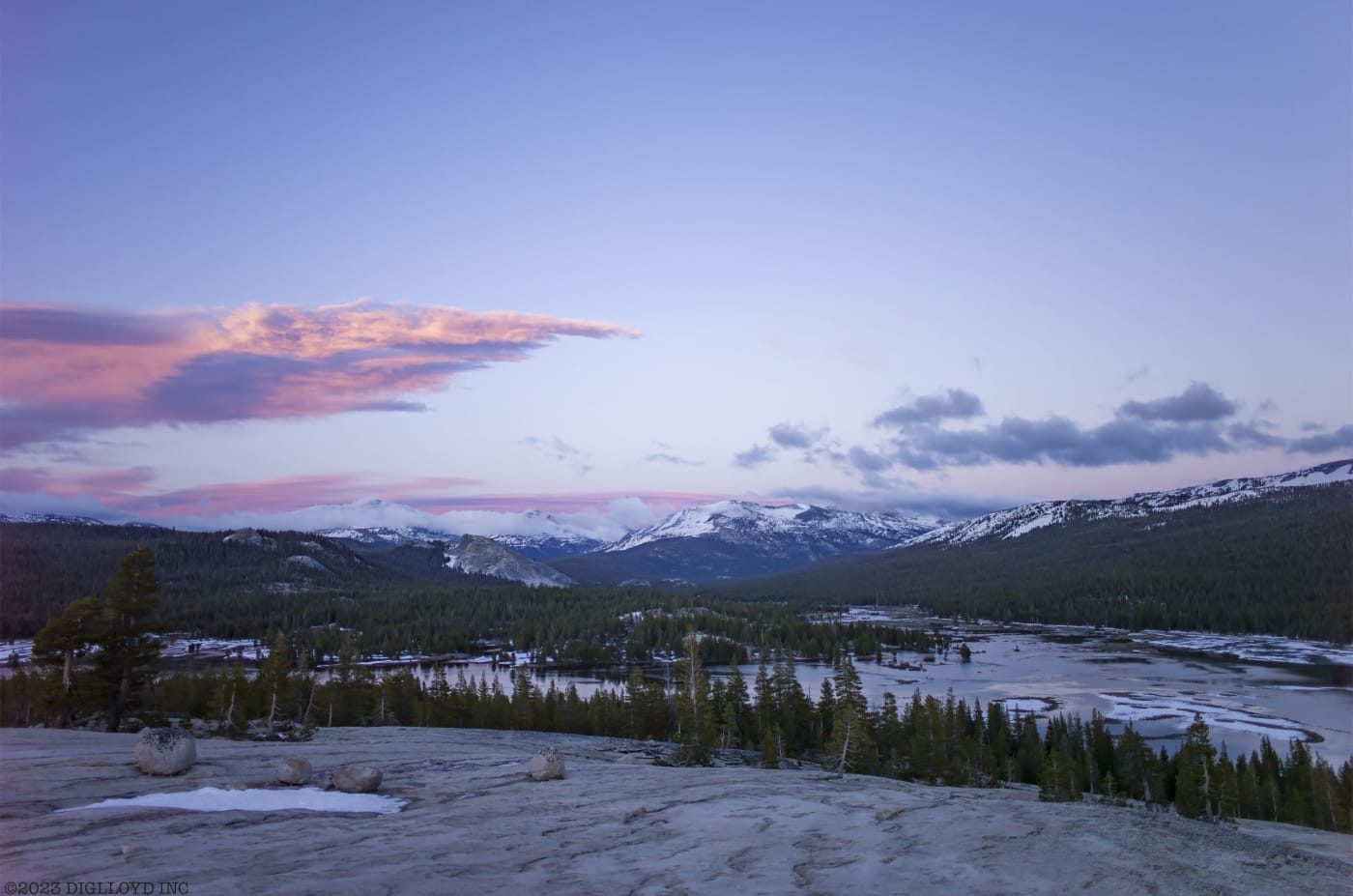
f1.4 @ 1/500 sec, ISO 160; 2010-06-09 20:24:29
M9 Digital Camera + Summilux-M 24mm f/1.4 ASPH
ENV: Puppy DOme, altitude 8100 ft / 2469 m, 42°F / 5°C
RAW: Enhance Details, LACA corrected, vignetting corrected, AI Denoise 20
Earth Shadow Rising in the Bitter Cold of 11700 feet, White Mountains
High in the White Mountains late in the season, things get bitterly cold. The M9 was a camera that just got better in the cold—lower sensor noise from its CCD sensor.
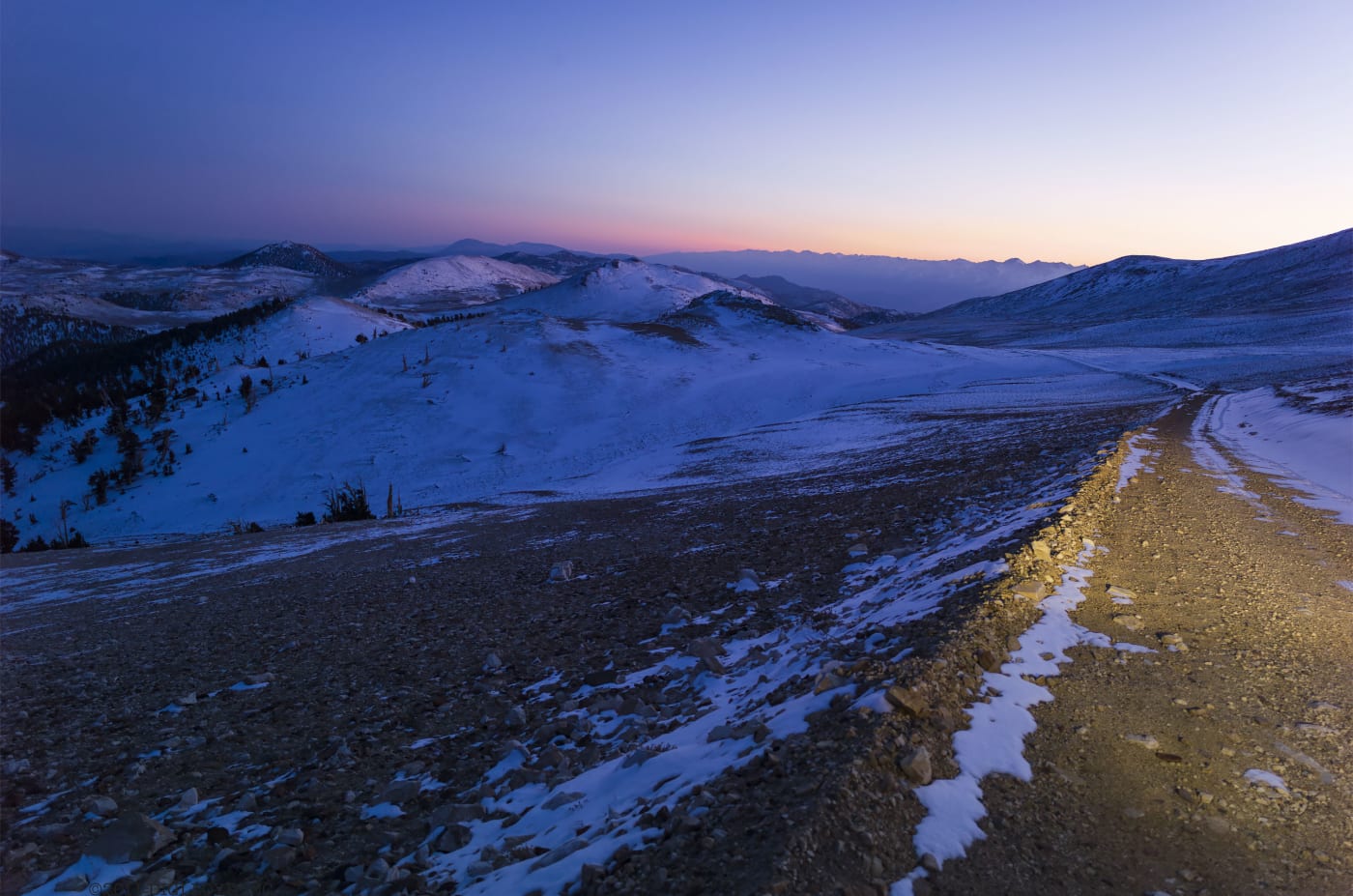
f4 @ 1/15 sec, ISO 160; 2011-11-07 18:08:36
M9 Digital Camera + Super-Elmar-M 21 mm f/3.4 ASPH @ 21mm
ENV: Patriarch Grove, altitude 11700 ft / 3566 m, 18°F / -7°C
RAW: Enhance Details, LACA corrected, vignetting corrected, AI Denoise 10
Portrait
The M9 could make nice portraits, but in truth, it was a hit-and-miss effort with the rangefinder focusing. And yet the DSLRs of its time were not exactly quick and accurate with most lenses. A practiced rangefinder shooter could do quite well, tough f/9.05 was a bit challenging at times.

f0.95 @ 1/500 sec, ISO 160; 2010-06-05 19:51:42
M9 Digital Camera + Noctilux-M 50mm f/0.95 ASPH RAW: Enhance Details, AI Denoise 10
Conclusions
The Leica M9 was a seminal camera that generated great excitement and for good reason, setting a standard in image quality that took a few years for other vendors to catch up to and beat. I shot the M9 for some years as a preferred camera until the Leica M240 came along, and later others.
Other topics you might like
Check Out These Fun Wooden 1:1 Scale Replicas of Your Favorite Nikon Cameras
Updated on Nov 18, 2025
Viltrox’s New Spark Z3 TTL Flash Brings a Cyberpunk Aesthetic to Your Photography
Updated on Oct 28, 2025
Is Kodak Going Out of Business?
Updated on Sep 4, 2025
 USA + International
USA + International OWC Canda
OWC Canda OWC Europe
OWC Europe